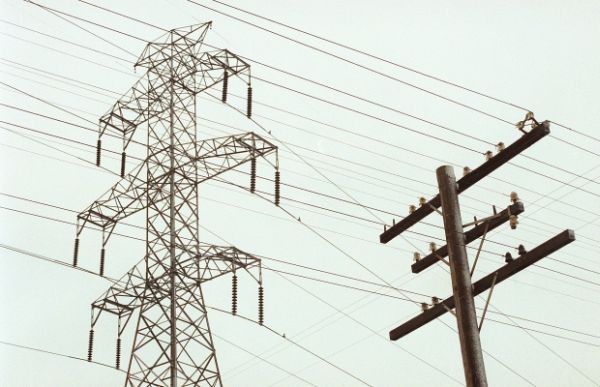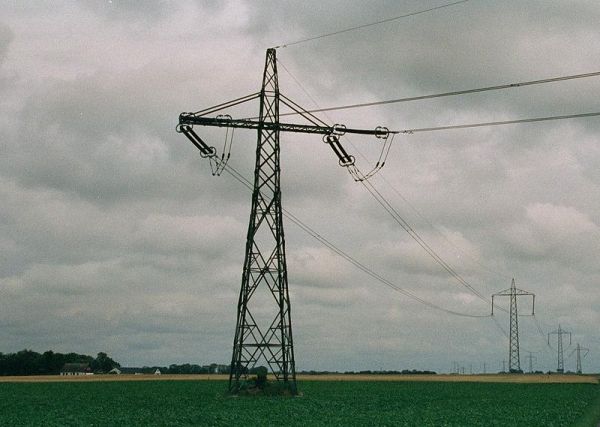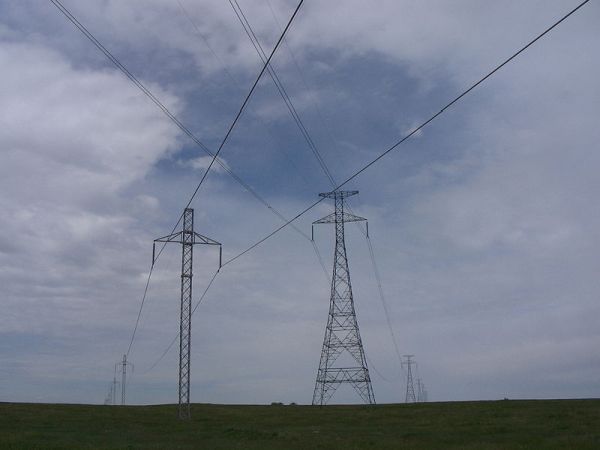For most of us, the concept of current is simply a flow of electricity that originates at the source and is sent to our homes for consumption. But there’s more to just receiving electricity. It involves a complex process wherein the bulk of power is transferred over long distances to a station from where it is converted to alternating current or AC before reaching our homes. Bulk transmission of power is done via a high voltage direct current system or HVDC, especially over long distances, as it is said to be cheaper and more efficient than AC systems. HVDC also increases system stability by transmitting power between unsynchronized alternating current distribution systems and preventing cascading failures.
Current HVDC transmission is based on technology developed back in the ‘30s in Sweden. At present, the longest HVDC line connects Xiangjiaba Dam to Shanghai, China, at 1,287 miles. That record is set to be broken once work is completed on the link connecting Amazonas to Sao Paulo at a distance of 1,600 miles.
Since high voltages can’t be used for simple tasks such as lighting up homes and commercial establishments or powering motors, transmission level voltages need to be reduced. To accomplish this, transformers are used to decrease the voltage level in AC transmission circuits.
Back in the 1880s, there took place a Battle of Currents between Thomas Edison’s advocacy for direct current and Nikola Teslas’s AC. Till date, there is debate over whether direct current or alternating current is better.

The good
HVDC is ideal for transmitting large amounts of electricity over long distances. There is a lower loss or power as well as reduced capital costs. According to studies, HVDC witnesses a power loss of three percent per 1,000km. The system works especially well for undersea cables where AC losses are witnessed due to high capacitance. HVDC can also increase the capacity of power grids if wires are difficult to install and are ideal for connecting remote generating plants to distribution grids. In addition, high voltage direct current can also carry more electricity per conductor as a DC line has constant voltage, which is the same as peak voltage in an alternating current line.
The stability of unsynchronized AC distribution systems can be heightened by HVDC as it prevents cascading failures from spreading between power grids. Load changes that would affect AC lines don’t really have much of a bearing on DC systems and the power flow from a DC link will help stabilize AC networks. Moreover, the direction and magnitude of a DC link can be changed as per command to support AC networks.

The bad
The static inverters needed in HVDC are very expensive and have a limited overload capacity. High voltage direct current is also less reliable and offers lower availability than AC systems. Fault-tolerant bi pole systems offer high availability for 50 percent of link capacity while availability of full capacity is around 97 to 98 percent. Single pole systems, meanwhile, have an availability of 98.5 percent. Unlike AC systems, HVDC becomes a problem when you need to expand existing plans to multi terminal systems.
Communication is the key when there’s a need to control power flow in a DC system. The flow must be regulated by the inverter control rather than by phase angle properties of transmission lines. As for circuit breakers, those catering to HVDC are difficult to build as mechanisms need to be incorporated to force power to zero in order to prevent wearing during switching.
Technology for HVDC tends to change faster than with AC systems. As such, a high voltage direct current scheme needs spare parts to be maintained and that too, usually for just one system.

The ugly
One of the biggest drawbacks to HVDC systems is the cost. Whether over land or in underwater cables, the costs can be huge. Back in April 2010, a proposed 2,000 MW HVDC line between Spain and France at a distance of 64km was said to cost 700 million Euros, inclusive of the cost of building a tunnel in the Pyrenees. While specific cost information can’t be arrived at since projects depend on circuit length and power rating, among others, existing HVDC lines show huge investment is needed in order for them to be established. For a 40km 8GW link under the English Channel, converter stations would amount to about 110 million pounds and 1 million pounds per km for a subsea cable and installation. If such a project were to be set up in four links between England and France, it would probably amount to close to one billion pounds.





